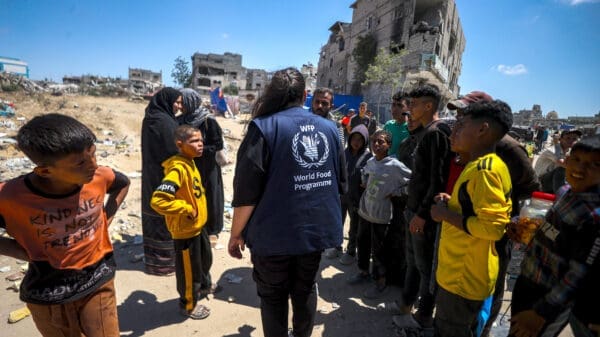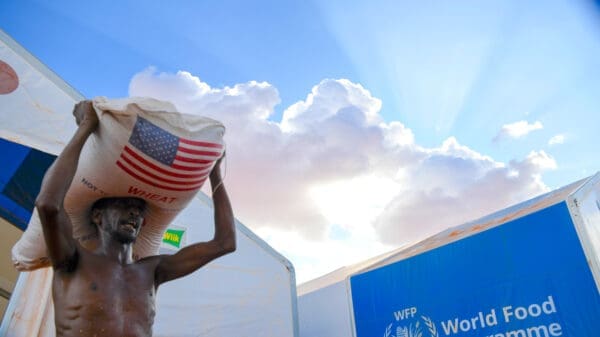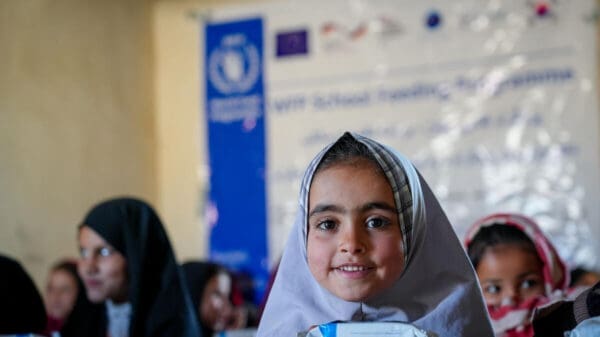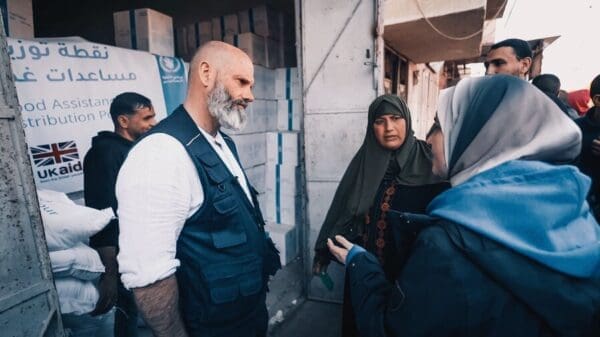World Food Program USA’s Top Advocacy and Policy Moments of 2022
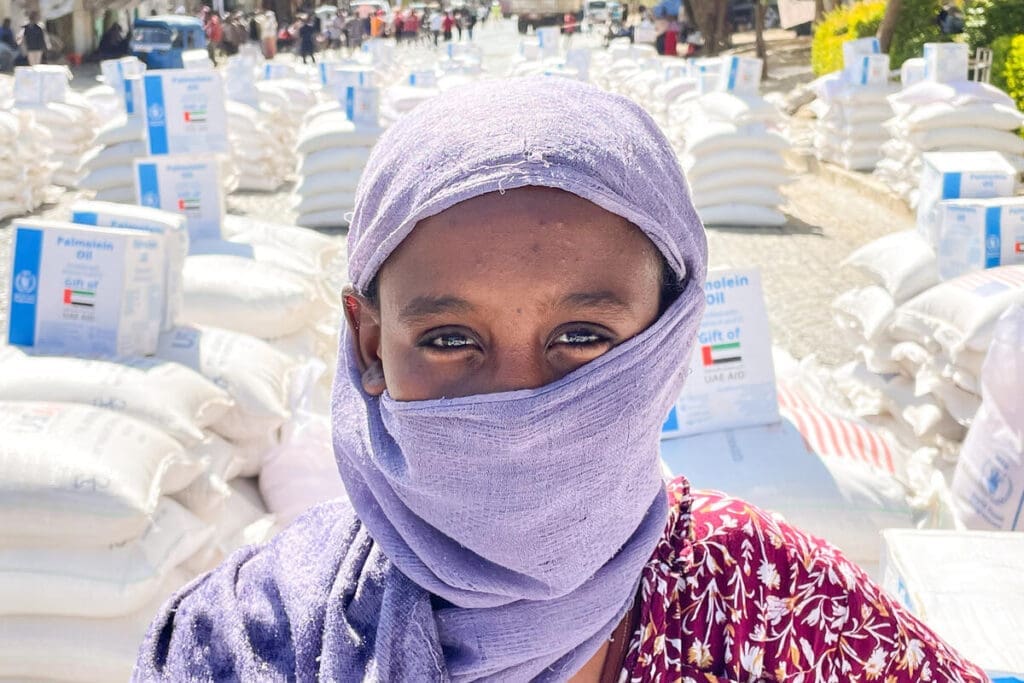
A lethal combination of factors converged in 2022 to create a record level of need for food assistance. Russia’s invasion of Ukraine in February halted key grain exports and triggered large food, fuel and fertilizer price spikes. Extreme weather events displaced millions of people from their homes and destroyed their livelihoods. Market and supply chain disruptions persisted from the COVID-19 pandemic.
Amidst this rising hunger, World Food Program USA worked diligently to ensure the U.S. government continued its long legacy of bipartisan and bicameral support of global food security. Let’s take a look back at what our Public Policy team and supporters accomplished together in 2022.
1) Congress Approved $5 Billion for Global Food Security
By May 2022, three months after the war began in Ukraine, global food prices and hunger levels had risen to record levels. Tens of millions of people around the world stood on the precipice of starvation.
In response to this unprecedented crisis, World Food Program USA joined a coalition of more than 20 advocacy partners to call on Congress to approve $5 billion in funding for the global food security and humanitarian crisis. Through 1,730 letters, World Food Program USA advocates asked over 400 Members of Congress to pass this emergency funding bill.
As a result, Congress approved the single largest amount of supplemental funding for a global hunger emergency in U.S. history.
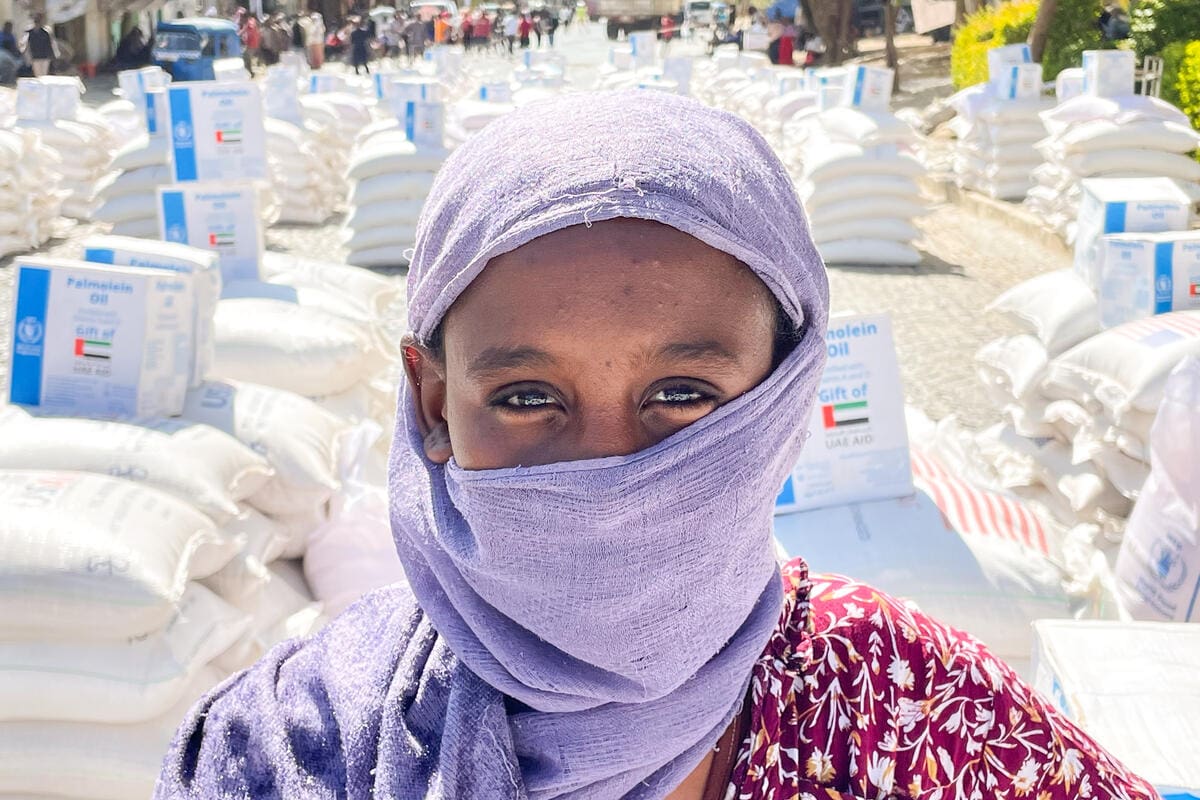
The U.N. World Food Programme serves over 100 million people in more than 120 countries and territories.
2) World Food Program USA Public Policy Delegation Visited Kenya
In November, our Chief Advocacy & Engagement Officer Rebecca Middleton led a delegation to see the U.N. World Food Programme’s life-changing work in Kenya. The delegation spent time at the Kakuma refugee settlement, met with small-scale farmers in central Kenya and learned about nutrition and skill-building programs in Kibera.
Thanks to the $5 billion in supplemental funding, the U.N. World Food Programme was able to increase ration sizes for beneficiaries at the Kakuma refugee settlement. As a result, the settlement saw a decline in conflict and malnutrition rates.
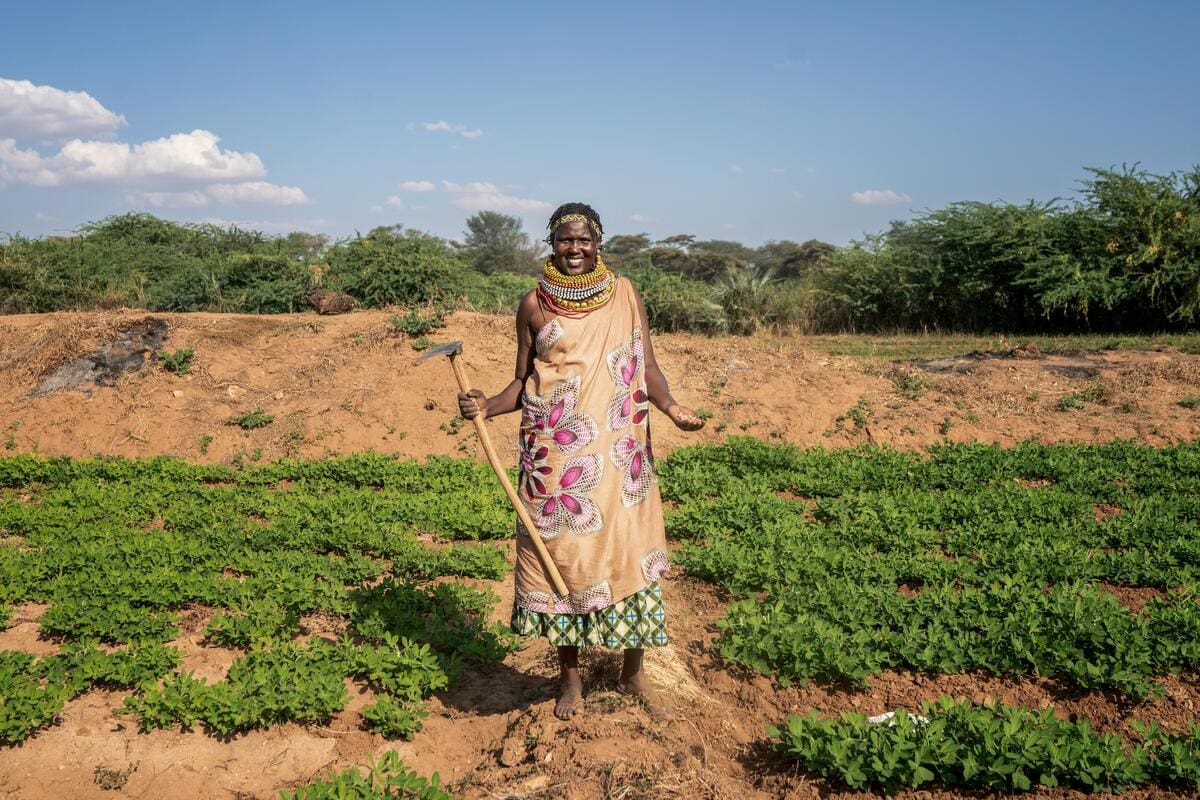
In 2022, the U.N. World Food Programme rapidly scaled up operations in Kenya to the meet the needs of communities affected by the devastating drought.
3) House of Representatives Passed McGovern-Dole Resolution
In December, the House of Representatives passed H. Res 1156 which reaffirmed their support for the George McGovern-Robert Dole International Food for Education and Child Nutrition Program. This program has improved the food security and nutrition of millions of schoolchildren around the world.
The United States is the largest donor to the U.N. World Food Programme’s school meals program, primarily through McGovern-Dole. Throughout 2022, World Food Program USA advocates took action and asked their Members of Congress to co-sponsor and support the resolution for this vital program.
Did you know World Food Program USA has a long history with the McGovern-Dole program? Click here to learn more.
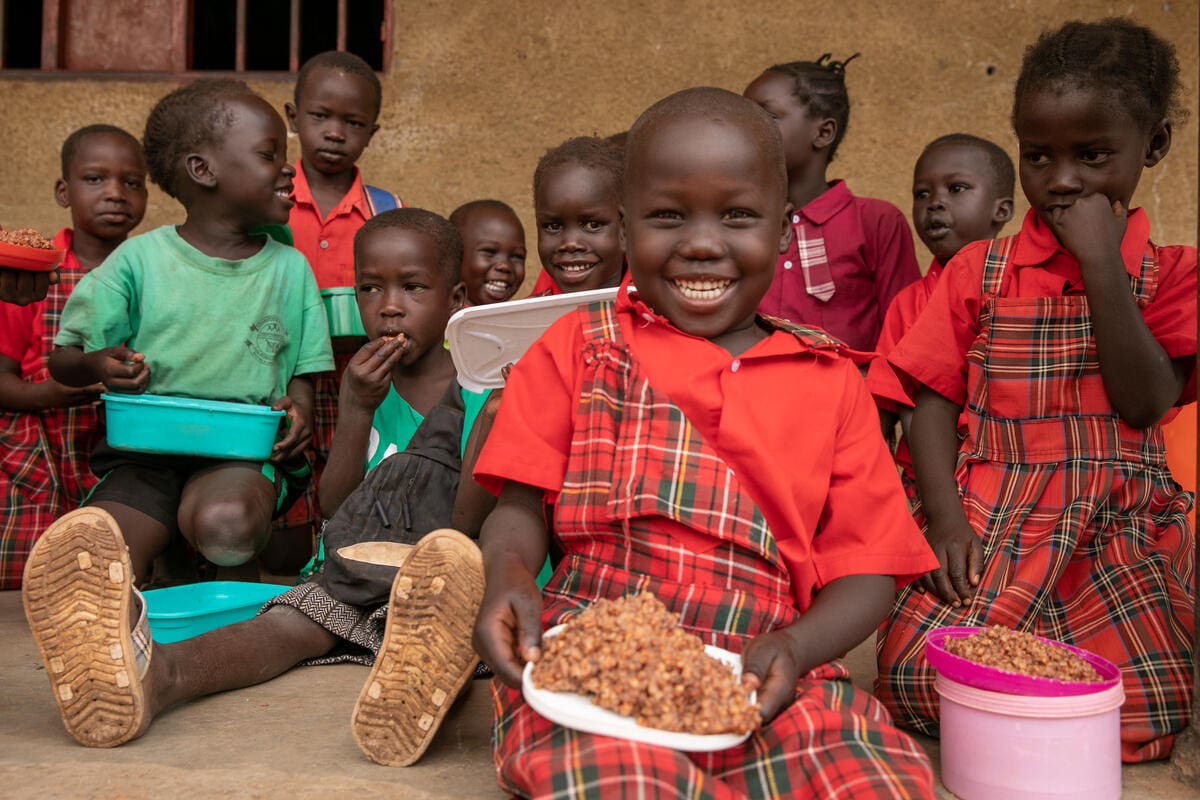
School meals are key to breaking the cycle of hunger and poverty by increasing school enrollment and improving the overall health of children.
4) World Food Program USA’s Advocacy Network Grew
In 2021, our advocacy program began with only 500 advocates. Since then, we have grown our network to over 6,000 advocates across the country – that’s 12 times more people using their voices to bring attention to issues like gender equity and hunger.
Along with thousands of others, our advocates brought the issue of the global hunger crisis to the forefront of the U.S. Congress.
~
Our work is only possible because of your support and advocacy. Stick with us in 2023 and beyond to help build a world without hunger. Visit our Advocacy Hub to learn more and get involved today.
Read our Annual Report to learn more about our Public Policy Team’s work in 2022.
